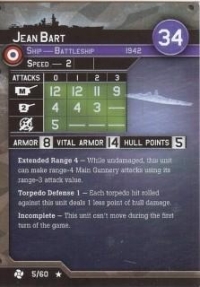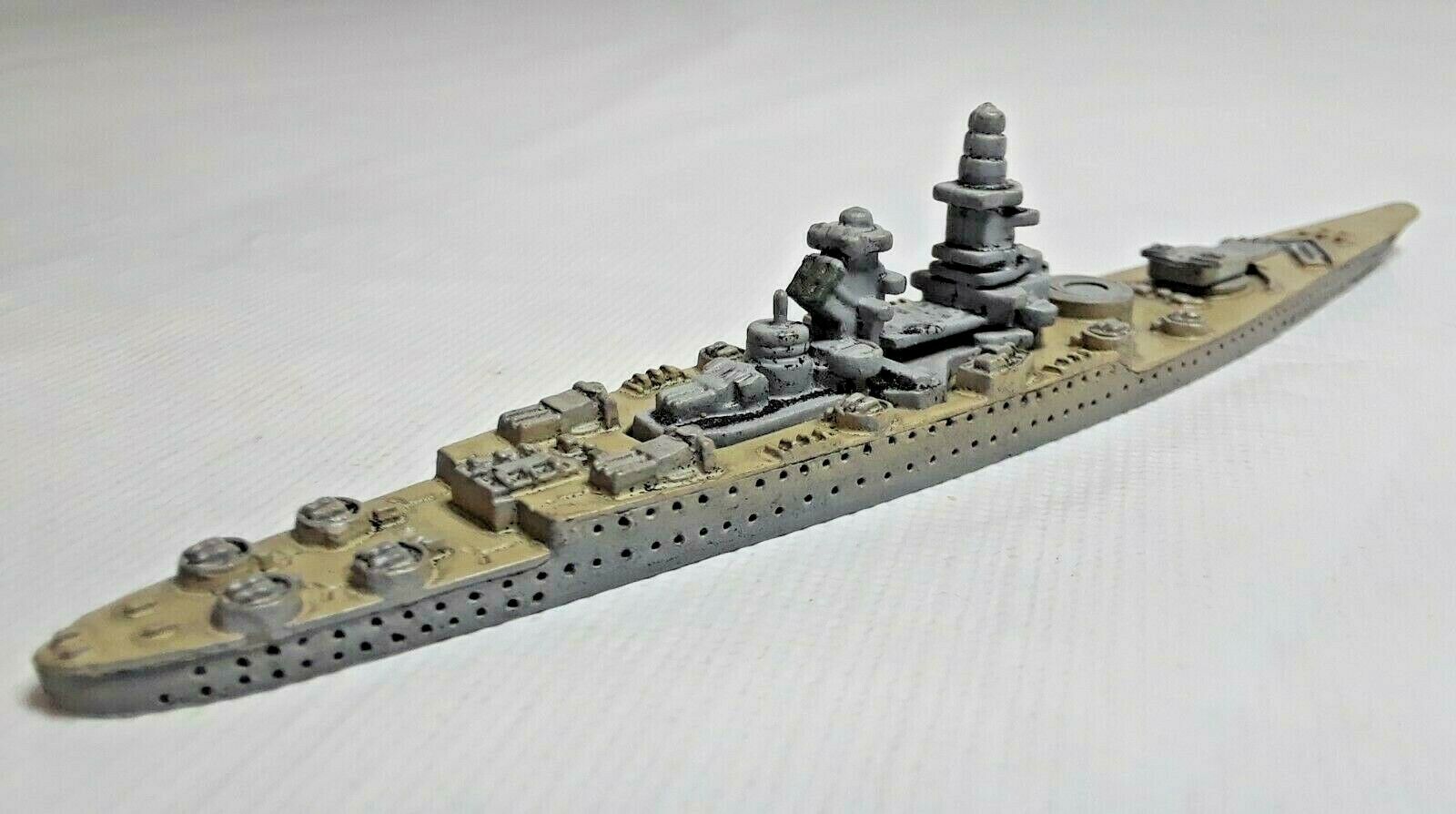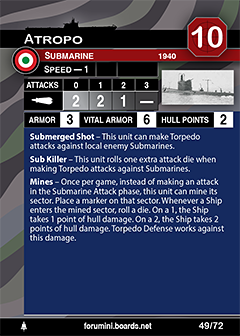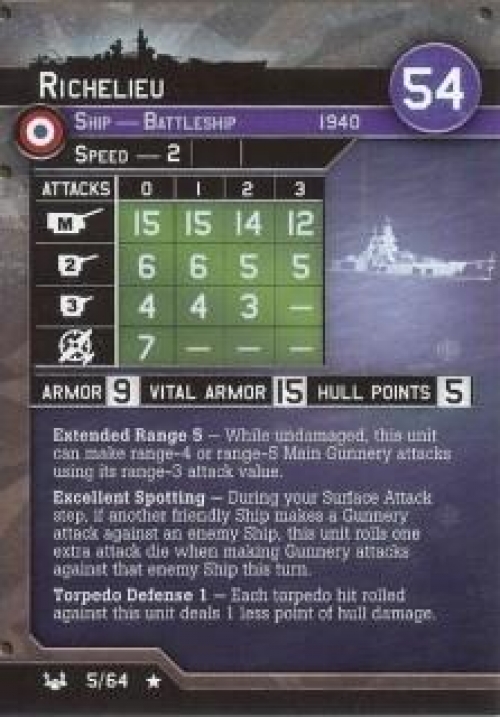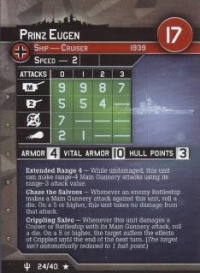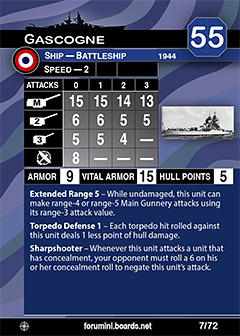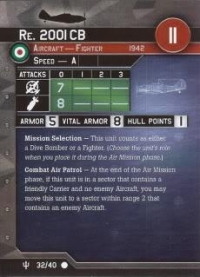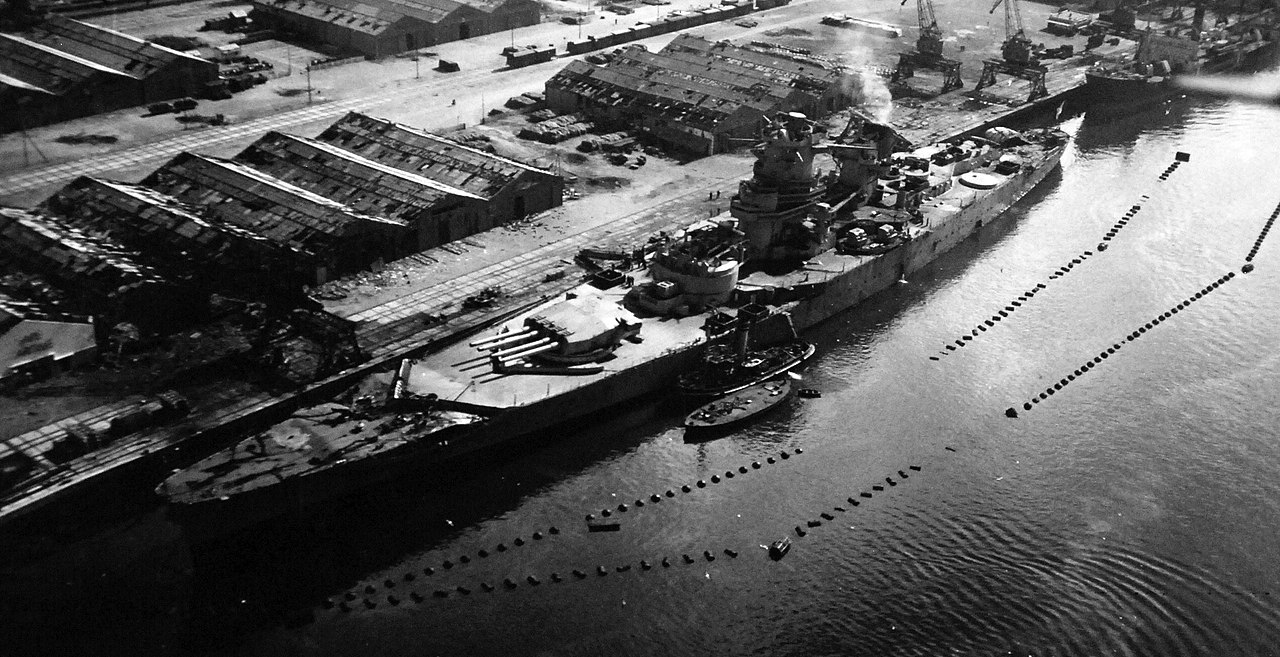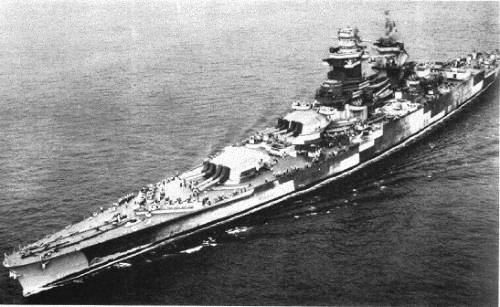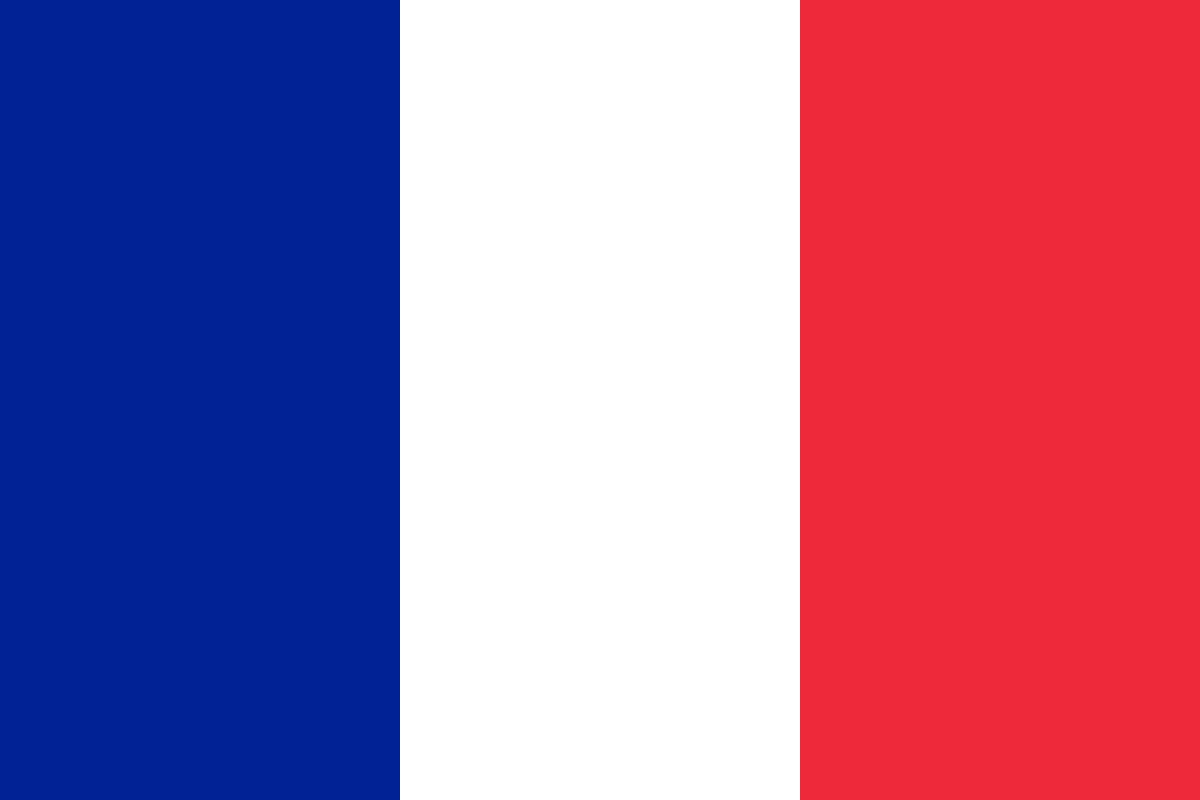Prototype: Jean Bart was a French fast battleship, the second and final member of the Richelieu class. Built as a response to the Italian Littorio class, the Richelieus were based on their immediate predecessors of the Dunkerque class with the same unconventional arrangement that grouped their main battery forward in two quadruple gun turrets. They were scaled up to accommodate a much more powerful main battery of eight 380 mm (15 in) guns (compared to the 330 mm (13 in) guns of the Dunkerques), with increased armor to protect them from guns of the same caliber. Jean Bart was laid down in 1936 and was launched in 1940, following the outbreak of World War II in Europe. The ship was not complete by the time Germany won the Battle of France, and Jean Bart was rushed to Casablanca to escape advancing German troops. She had only one of her main turrets installed, along with a handful of anti-aircraft guns.
While in Casablanca, the French attempted to prepare the ship for action as much as was possible in light of limited infrastructure and the necessary parts to complete the vessel. Her anti-aircraft armament was slowly strengthened as guns became available and a search radar was fitted in 1942. In November, American and British forces invaded French North Africa in Operation Torch; Jean Bart initially helped to resist the attack, engaging in a gunnery duel with the battleship USS Massachusetts before being badly damaged by American dive bombers. Following the defection of French forces in the region to the Allied side, the French attempted to have the ship completed in the United States, but the requests came to nothing as the US Navy had no interest in the project. Jean Bart was accordingly repaired as much as possible in Casablanca, thereafter spending the rest of the war as a training ship there.
In 1945, discussions as to the fate of the ship considered converting her into an aircraft carrier, finishing her as a battleship, or discarding her altogether. The decision was ultimately made to finish her as a battleship, a process that took several years. Most work on the ship was completed by 1955, when she formally entered active service, and she conducted two overseas cruises to visit Denmark and the United States shortly thereafter. She took part in the French intervention in the Suez Crisis in November 1956, including a brief four-shot bombardment of Port Said. Reduced to reserve in August 1957, she was used as a barracks ship until 1961. She remained, unused, in the French Navy's inventory until 1970 when she was struck from the naval register and sold for scrap.
While in Casablanca, the French attempted to prepare the ship for action as much as was possible in light of limited infrastructure and the necessary parts to complete the vessel. Her anti-aircraft armament was slowly strengthened as guns became available and a search radar was fitted in 1942. In November, American and British forces invaded French North Africa in Operation Torch; Jean Bart initially helped to resist the attack, engaging in a gunnery duel with the battleship USS Massachusetts before being badly damaged by American dive bombers. Following the defection of French forces in the region to the Allied side, the French attempted to have the ship completed in the United States, but the requests came to nothing as the US Navy had no interest in the project. Jean Bart was accordingly repaired as much as possible in Casablanca, thereafter spending the rest of the war as a training ship there.
In 1945, discussions as to the fate of the ship considered converting her into an aircraft carrier, finishing her as a battleship, or discarding her altogether. The decision was ultimately made to finish her as a battleship, a process that took several years. Most work on the ship was completed by 1955, when she formally entered active service, and she conducted two overseas cruises to visit Denmark and the United States shortly thereafter. She took part in the French intervention in the Suez Crisis in November 1956, including a brief four-shot bombardment of Port Said. Reduced to reserve in August 1957, she was used as a barracks ship until 1961. She remained, unused, in the French Navy's inventory until 1970 when she was struck from the naval register and sold for scrap.
Class History: The Richelieu-class battleships were the last and largest battleships of the French Navy. They left service in the 1960s. They remain the largest French-built warships. They were designed in the 1930s to counter the threat of the Italian Vittorio Veneto-class battleships. Richelieu-class ships were essentially scaled-up versions of the preceding Dunkerque class. They featured a main battery of eight 380 mm (15.0 in) guns in two quadruple turrets in forward superfiring positions.
Four Richelieu-class ships, of three different subclasses, were designed over the course of three construction programs, in 1935, 1936, and 1938. Only three were laid down. Only the first two, Richelieu and Jean Bart, were completed. They saw service during World War II, first under Vichy control in Dakar (1940) and Casablanca (1942), then under Allied control. Richelieu participated in British Home Fleet and Eastern Fleet operations and supported French forces' return to Indochina in late 1945. Jean Bart was not completed until the 1950s and took part in the operations off Port Said (Egypt) during the Suez Crisis in 1956. Richelieu was scrapped in 1968 and Jean Bart in 1970.
Four Richelieu-class ships, of three different subclasses, were designed over the course of three construction programs, in 1935, 1936, and 1938. Only three were laid down. Only the first two, Richelieu and Jean Bart, were completed. They saw service during World War II, first under Vichy control in Dakar (1940) and Casablanca (1942), then under Allied control. Richelieu participated in British Home Fleet and Eastern Fleet operations and supported French forces' return to Indochina in late 1945. Jean Bart was not completed until the 1950s and took part in the operations off Port Said (Egypt) during the Suez Crisis in 1956. Richelieu was scrapped in 1968 and Jean Bart in 1970.
Country: France is one of Europe’s largest countries. It is bordered by six countries other nations: Germany, Belgium and Luxembourg to the northeast, Switzerland and Italy to the southeast and Spain to the southwest. The United Kingdom borders France via the English Channel. The country is considered to be the gateway to Europe as there are several large international airports (two of these can be found in Paris), ferry terminals and the French rail service.
In 486, Frankish tribes unified under Merovingian kingship. In 843, Western Francia was established from the division of the Carolingian Empire. In 1789, the French monarchy was overthrown, and in 1792, the First French Republic was founded. In 1958, the Fifth French Republic was established.
In 486, Frankish tribes unified under Merovingian kingship. In 843, Western Francia was established from the division of the Carolingian Empire. In 1789, the French monarchy was overthrown, and in 1792, the First French Republic was founded. In 1958, the Fifth French Republic was established.
Item created by: Lethe on 2015-05-31 17:46:30. Last edited by gdm on 2019-11-20 12:19:59
If you see errors or missing data in this entry, please feel free to log in and edit it. Anyone with a Gmail account can log in instantly.
If you see errors or missing data in this entry, please feel free to log in and edit it. Anyone with a Gmail account can log in instantly.


